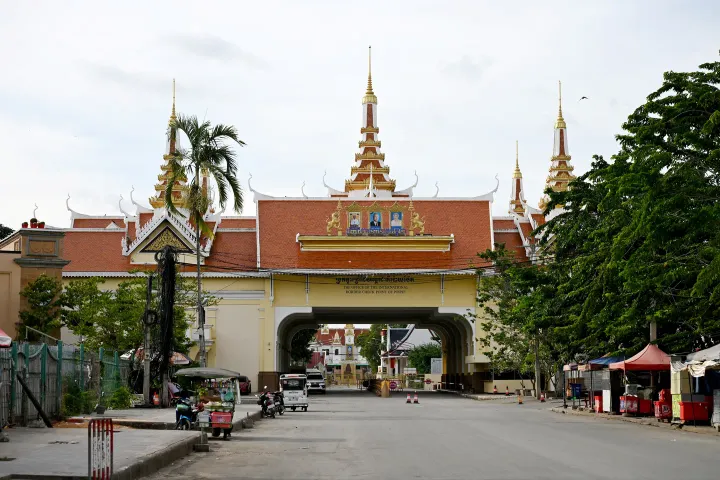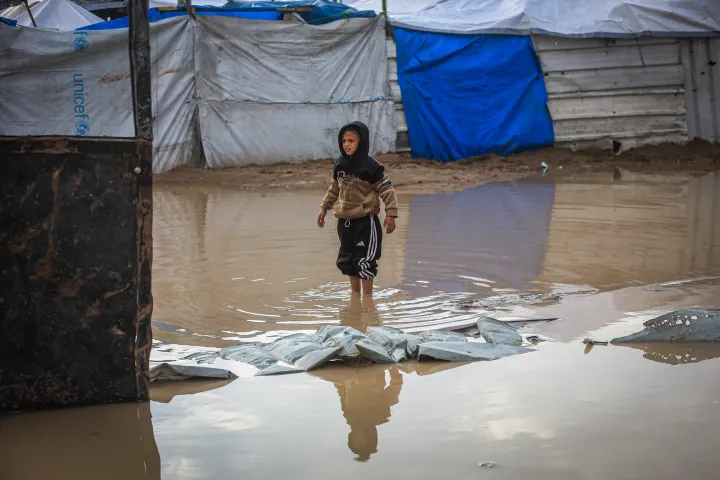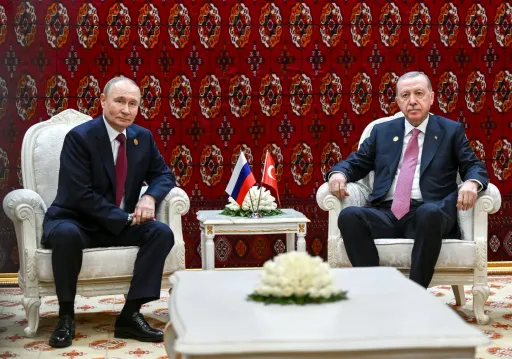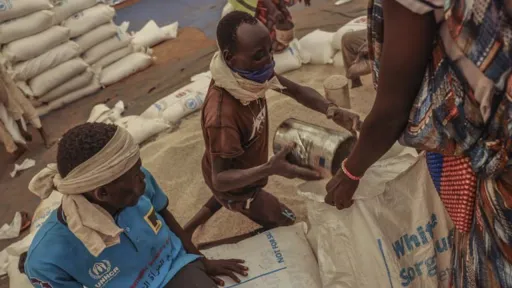By Kalpana Sunder
In a small village in the southern Indian state of Karnataka, a group of middle-aged women sit under a tree – stitching together a bright, multicoloured quilt.
It looks like a giant puzzle as they use patches of old colored clothes and stitches to hold the layers of fabric together.
This quilt-making tradition of the Siddi community has its roots in Africa and dates back centuries. The Siddis are descendants of an African Bantu tribe that came to India from East Africa during the 16th century on trading ships as slaves, soldiers and traders.
Some of them stayed back in India and assimilated local traditions, language, food, and religion in states like Karnataka, Maharashtra, and Gujarat. A Siddi (pronounced Sh-ee-di) community is also settled in Karachi, Pakistan.
In India, Siddi is a marginalised community, which had to fight for better jobs and government benefits - though many of them have excelled in sports. They can’t own land as they are classified as a scheduled tribe, and many of them make a living working on farms, fisheries or in the construction industry.
Anitha N. Reddy, an art historian and textile curator based in Karnataka’s capital city Bengaluru, came across these eye-catching quilts called Kawandi when she was travelling to a remote village to attend a former classmate’s wedding.
“My classmate used to teach theatre to children in these villages, and I was given a quilt to sit on. I also saw these vibrant quilts drying on walls and being aired, draped on gates and roofs of homes,” says Reddy.
“I was awed by the colours and the patterns.”
A craft under threat
When Reddy talked to some Siddi women to understand how they made the quits, she realised that this traditional craft was on the brink of extinction with the advent of machine-weaving and no way to monetise the traditional quilt making.
For Reddy helping them to keep the craft alive was a matter of preserving a tradition, which has been passed down generations for centuries.
Since repurposing was integral to the making of these quilts, she started bringing to the villages upcycled fabrics, waste cotton and old sarees and also started selling the finished products through her Instagram page.
“They look at the fabrics and discuss designs and pairing of colours, and decide on how to go about that particular piece. Even the pace at which they make it is not dictated by me but decided by them according to their other commitments,” says Reddy.
“It’s the simple running stitch that defines these quilts. They don’t use a machine or any other tools. The thread is strong enough to hold the patches and six or seven layers of fabric together.”
The quilts have patchworks of geometric designs, which emerge spontaneously as the weavers work on them. The quilts are often gifted to new parents or at a wedding.
“The ends are finished with triangular patches called ‘phula’ or flower. Sometimes they have motifs like stick figures or something personal to the maker. Before they put in the last stitches they usually insert a few grains of rice under the final layer as a blessing,” Reddy explains.
While each quilt sells for about 4,000 Indian rupees each (just under US $50), the women get about one-third of the selling price.
It takes around 15-20 days to make a single quilt.
The Siddis use these quilts as a bedcover, to swaddle a baby or to spread on the floor for guests. When a girl from the community is married off, she’s given a quilt by her family to remind her of home.
“The making of these quilts is very much a community affair. It’s very much a functional activity for these women, to use old fabric and to protect themselves from heat and cold, and not viewed as art,” says Reddy.
A success story
Today Reddy travels every month to about seven villages in Uttara Kannada and Dharwad districts of North Karnataka with bags of textile scraps and interacts and guides the women in their quilt-making efforts.
She draws out their stories and engages with them, exploring their personal histories. She ships these quilts all across India and abroad -- more than 40 quilts are made in a month.
At least 60 women are engaged with her in this endeavour, which is seasonal as most of the women work around other jobs like working on farms and in their homes.
She has exhibited these quilts in many prestigious shows in India and abroad and has worked with the V & A Museum in London and the Australian Centre for Contemporary Art.
Anitha’s work with the Siddi community has created a safe space for these marginalised women to revive their tradition of quilting and also be empowered by the money that it brings in.
A little help from Reddy has transformed a woman’s chore into a community art project of value, and therein lies the success.
“I see these quilts not as a craft but as a personal expression of these women.”
























